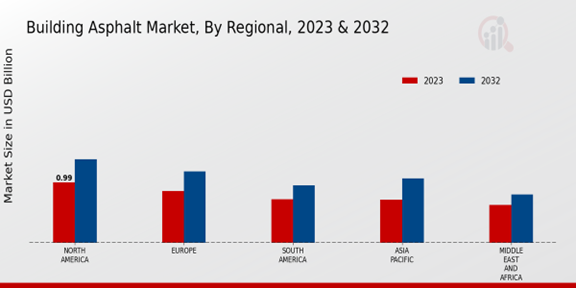Building Asphalt Market Summary
The Global Building Asphalt Market is projected to grow from 3 USD Billion in 2024 to 4.19 USD Billion by 2035, reflecting a steady increase in demand.
Key Market Trends & Highlights
Building Asphalt Key Trends and Highlights
- The market is expected to witness a compound annual growth rate (CAGR) of 3.09% from 2025 to 2035.
- By 2035, the market valuation is anticipated to reach 4.19 USD Billion, indicating a robust growth trajectory.
- In 2024, the market is valued at 3 USD Billion, showcasing a solid foundation for future expansion.
- Growing adoption of sustainable construction practices due to increasing environmental regulations is a major market driver.
Market Size & Forecast
| 2024 Market Size | 3 (USD Billion) |
| 2035 Market Size | 4.19 (USD Billion) |
| CAGR (2025-2035) | 3.09% |
Major Players
BP, TotalEnergies, PetroChina, CNPC, Valero Energy, Shell, Petrobras, ExxonMobil, Chevron, Repsol, Phillips 66, Marathon Petroleum, Sinopec, Equinor















